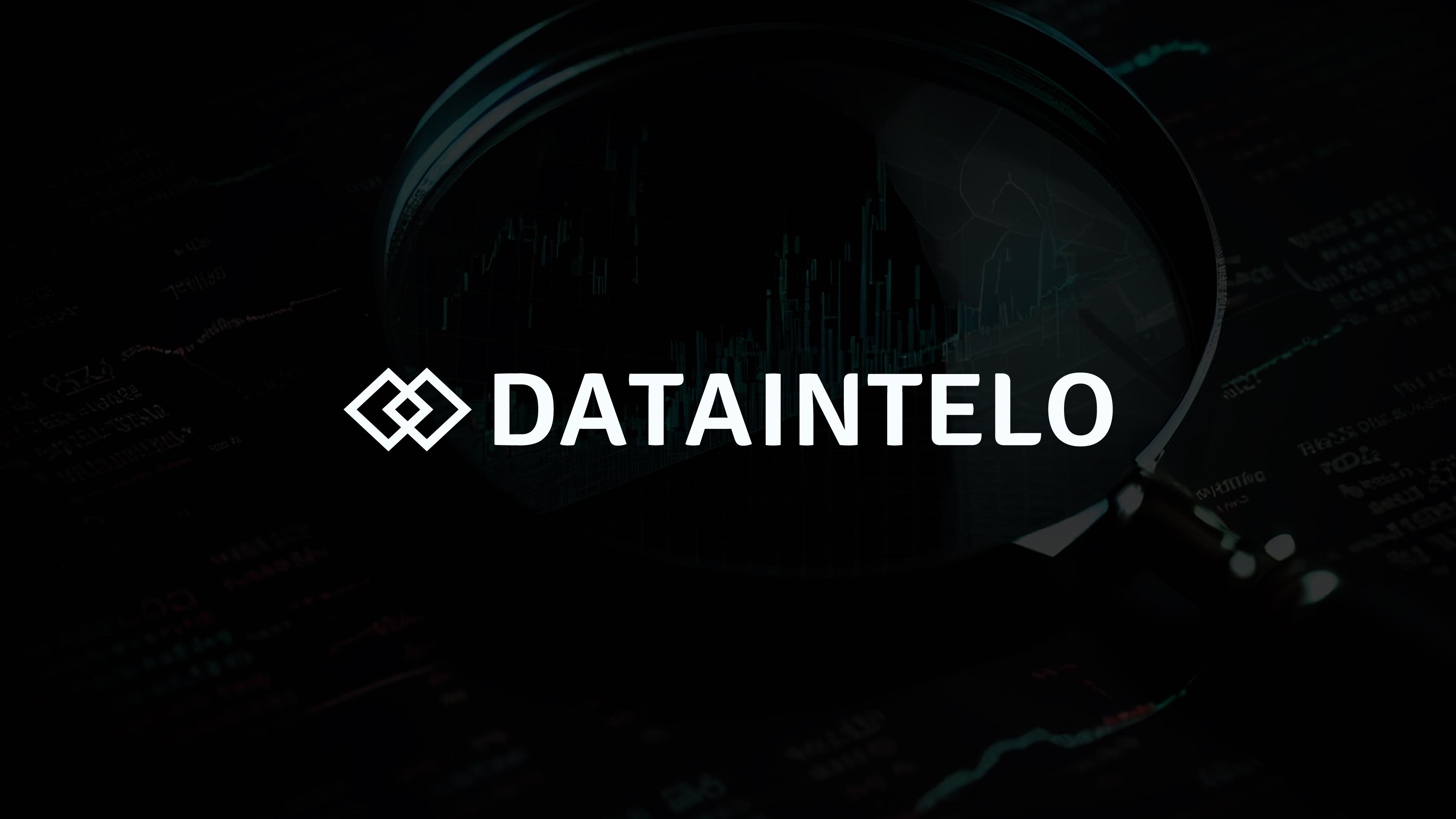The Linen Fabric Market is witnessing a strong growth trajectory as consumers worldwide increasingly prioritize sustainability, breathability, and natural fiber products. Known for its timeless appeal and eco-friendliness, linen fabric continues to gain popularity in apparel, home décor, and industrial applications, particularly in regions emphasizing eco-conscious lifestyles and organic textiles.
Valued at USD 10.8 billion in 2024, the global Linen Fabric Market is projected to exceed USD 17.6 billion by 2032, growing at a compound annual growth rate (CAGR) of 6.2% during the forecast period. This growth is driven by a combination of factors including shifting fashion trends, rising disposable incomes, and consumer preference for low-impact textiles.
As demand surges for plant-based, breathable, and biodegradable fabrics, linen—made from the flax plant—has emerged as a leading contender. Its versatility in both fashion and interior design sectors reinforces its market strength.
Key Market Drivers
-
Sustainability Demand: Increasing environmental awareness among consumers is fueling the preference for biodegradable and sustainable textiles like linen.
-
Growth in Home Furnishings: Linen's premium look and durability make it a top choice for curtains, upholstery, and bedding, especially in luxury and minimalist interior designs.
-
Textile Innovation: Advancements in linen blends and digital printing have broadened its usability in both fast fashion and high-end garments.
>> Request a Sample Report: https://dataintelo.com/request-sample/76468
Market Restraints
While the Linen Fabric Market is expanding, several challenges hinder its pace, especially in certain regions and industries.
-
Higher Cost Compared to Cotton: Linen fabric production is more labor-intensive, making it costlier than mass-produced alternatives.
-
Wrinkle-Prone Nature: Despite its luxurious appeal, linen's tendency to wrinkle easily limits its use in some modern, low-maintenance clothing lines.
-
Limited Production Regions: Flax cultivation requires specific climates, reducing the scalability of linen production compared to synthetic fibers.
These constraints, however, are being gradually addressed with technological advancements in textile finishing and hybrid blends that improve the functionality of linen.
Market Opportunities
The evolving dynamics of the textile industry are unlocking new opportunities for linen manufacturers and investors.
-
Rise of Eco-Fashion Brands: The rise in ethically conscious fashion labels is pushing demand for organic, certified linen products.
-
Emerging Markets in Asia-Pacific: Countries like India and China are showing increased appetite for natural fabrics, offering significant expansion potential.
-
Increased Use in Technical Textiles: Linen's breathability and anti-bacterial properties are being explored in medical and sportswear applications.
>> View Full Report: https://dataintelo.com/report/linen-fabric-market-report
Market Dynamics and Segmentation
The Linen Fabric Market can be segmented by type, application, distribution channel, and geography, offering a comprehensive view of consumer and industrial behavior.
-
By Type: Pure linen and blended linen (with cotton, polyester, or silk) dominate the market.
-
By Application: Key segments include apparel (formalwear, casualwear), home textiles (curtains, upholstery, tablecloths), and industrial textiles.
-
By Distribution Channel: Both online retail and brick-and-mortar outlets contribute significantly, with e-commerce seeing rapid growth due to direct-to-consumer sales models.
-
By Region: Europe leads in both production and consumption, while North America and Asia-Pacific are emerging as key high-growth regions.
Regional Insights
-
Europe: Dominates the global linen market due to a long tradition of flax cultivation and strong demand for premium home textiles.
-
North America: Increasing awareness about sustainable living is fueling linen use in home décor and eco-fashion.
-
Asia-Pacific: Urbanization and growing middle-class incomes are expanding linen demand in lifestyle products and garments.
-
Latin America & Middle East: Showing gradual adoption driven by luxury preferences and climatic suitability for breathable fabrics.
>> Check Out the Report: https://dataintelo.com/checkout/76468
Key Trends Shaping the Linen Fabric Market
-
Digital Textile Printing: Allowing for detailed designs and customization on linen fabrics, appealing to both fashion and interior designers.
-
Minimalist Aesthetics: The rise of Scandinavian and Japanese design philosophies has boosted linen's desirability in minimalist interiors.
-
Circular Economy Initiatives: Brands are incorporating recycled linen or using zero-waste patterns to align with green manufacturing goals.
These trends are not only shaping buyer expectations but also transforming the textile supply chain into a more ethical and transparent ecosystem.
Statistical Snapshot
-
Market valuation (2024): USD 10.8 billion
-
Projected market size (2032): USD 17.6 billion
-
CAGR (2024–2032): 6.2%
-
Home textile applications account for over 45% of market revenue
-
Europe holds more than 35% of the global market share
Strategic Outlook
The Linen Fabric Market is on a path of strong and sustained growth, supported by consumer values that align with natural, durable, and environmentally responsible materials. Market players are increasingly investing in sustainable sourcing, automated production technologies, and region-specific marketing to meet diverse consumer expectations.
As the fashion and home décor industries continue to embrace eco-friendly materials, linen stands out as a key textile that bridges luxury with sustainability. Its ability to combine elegance with ethical value gives it a unique competitive advantage in the global textile landscape.
>> Explore In-Depth Analysis: https://dataintelo.com/report/linen-fabric-market-report
Conclusion
The global Linen Fabric Market is being reshaped by evolving consumer lifestyles, responsible production trends, and expanding applications across various sectors. Dataintelo's comprehensive analysis outlines a future filled with growth, innovation, and market opportunities for stakeholders.
Whether you are an investor, manufacturer, or designer, understanding the underlying forces of the Linen Fabric Market will help unlock its full potential. As sustainability moves from trend to necessity, linen's natural charm is destined to thrive.

